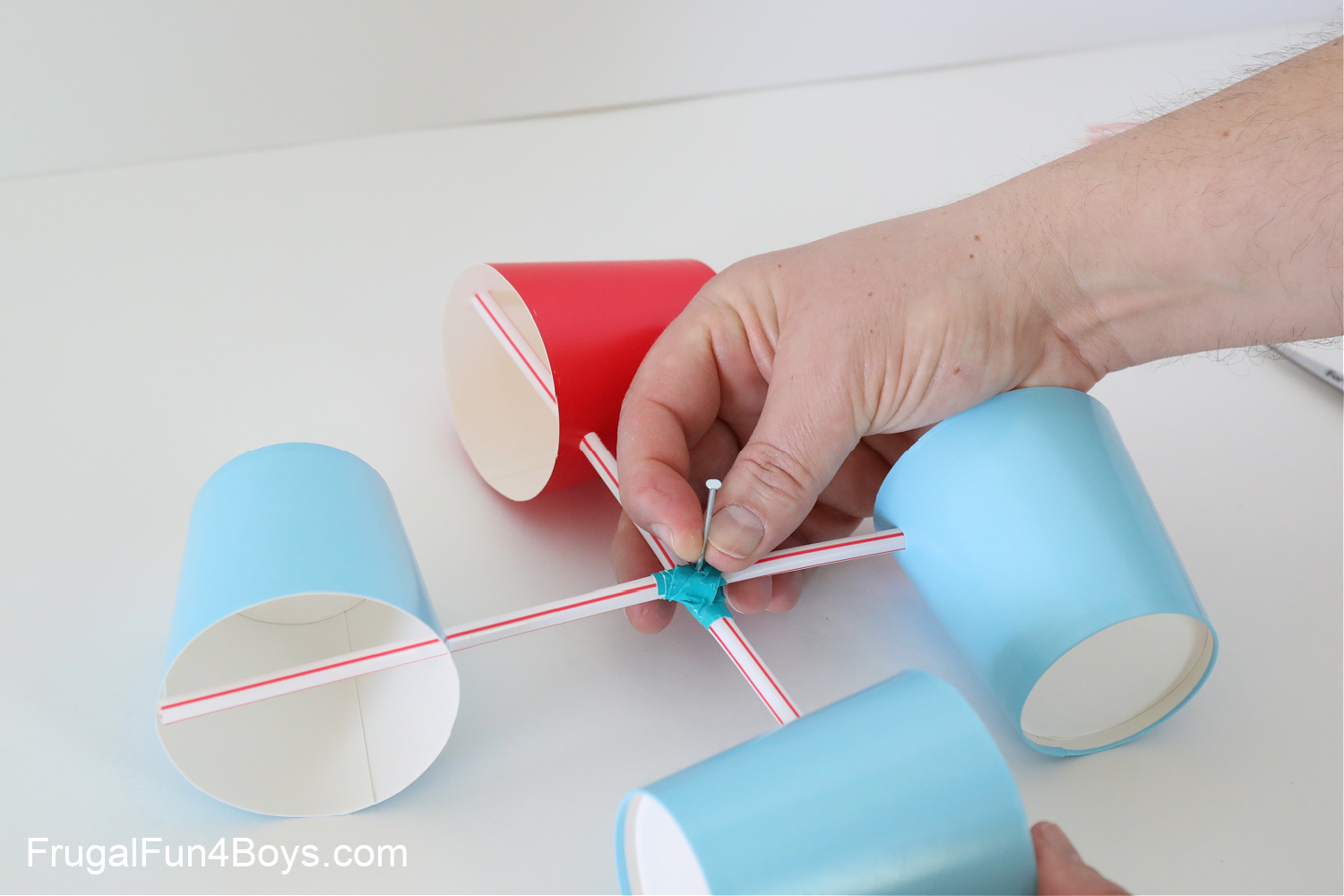Comparing Digital and Mechanical Anemometers: Which is Right for You?
Comparing Digital and Mechanical Anemometers: Which is Right for You?
Blog Article
Exploring the Functions and Benefits of Anemometers for Weather Condition Enthusiasts and Specialists
From mug anemometers to sonic anemometers, each kind brings its special set of benefits and applications, shedding light on different elements of climatic conditions. As we dive into the functions and advantages of anemometers, a deeper understanding emerges not just of dominating weather phenomena however likewise of the broader ramifications for fields like wind power manufacturing and ecological research study.
Value of Anemometers in Weather Tracking
Anemometers play a critical role in weather condition tracking by giving exact dimensions of wind speed, assisting in projecting and understanding climate patterns. These tools, ranging from traditional cup anemometers to modern-day ultrasonic anemometers, are essential for meteorologists, scientists, and climate enthusiasts alike.

Sorts Of Anemometers and Their Applications
With the essential duty anemometers play in weather monitoring and projecting, comprehending the numerous kinds of these tools and their applications comes to be crucial for specialists and fanatics in the field. The most common types of anemometers include mug anemometers, vane anemometers, hot-wire anemometers, and ultrasonic anemometers. Mug anemometers consist of 3 or 4 cups installed on horizontal arms that turn with the wind, determining its rate. Vane anemometers, on the various other hand, use a freely revolving vane to line up with the wind instructions, offering both wind rate and direction measurements. Hot-wire anemometers operate based upon the principle of convective warm transfer, where the cooling effect of the air circulation is determined to establish wind speed. Ultrasonic anemometers make use of ultrasonic acoustic wave to determine wind rate and direction accurately.
Each kind of anemometer has its unique benefits and applications. Mug anemometers are durable and appropriate for general weather condition tracking, while vane anemometers are favored for directional dimensions. Hot-wire anemometers are sensitive to low air rates, making them suitable for interior atmospheres. Ultrasonic anemometers are non-intrusive and use high precision, frequently used in research study and specialized weather monitoring applications. Comprehending the characteristics and applications of each kind of anemometer is important for picking the most suitable tool for certain weather keeping an eye on needs.
Advantages of Using Anemometers in Forecasting
In weather forecasting, the application of anemometers provides indispensable advantages for enhancing the precision of weather condition projecting. Anemometers measure wind speed and instructions, supplying vital data for anticipating weather condition patterns. By including wind information into projecting designs, meteorologists can much better recognize the motion of weather systems, expect adjustments in weather, and problem more precise projections.
Additionally, anemometers play an essential duty in examining potential weather risks. Monitoring wind speeds helps forecasters read review forecast serious weather occasions such as cyclones, hurricanes, and wintertime storms with better precision. why not check here This very early warning system makes it possible for authorities to issue prompt informs and apply necessary precaution, minimizing the dangers to life and building.
In addition, anemometers assist in enhancing renewable resource production. By examining wind patterns, meteorologists can determine appropriate areas for wind farms and forecast power outcome, adding to the reliable generation of wind power.

Anemometers in Wind Energy Manufacturing
Offered the critical role anemometers play in supplying precise wind information for weather condition forecasting and threat assessment, their importance reaches the realm of wind energy manufacturing. Anemometers are vital instruments in the area of wind energy, where the measurement of wind rate and direction is essential for determining the expediency and performance of wind turbine setups. By accurately gauging wind rates at varying elevations, anemometers assist optimize the positioning and layout of wind generators to take full advantage of energy outcome.
In wind farms, anemometers are strategically put to accumulate real-time wind data that is used to evaluate the potential power manufacturing of a website. This information is critical in determining the financial feasibility of wind power tasks and in projecting energy generation to ensure grid security. Additionally, anemometers aid in keeping an eye on wind conditions to optimize wind turbine performance, avoid damage from high winds, and ensure the safety of personnel functioning in the location of wind generators.
Enhancing Weather Condition Comprehending With Anemometers

Anemometers play a key duty in improving our understanding of microclimates. These localized weather condition conditions can vary considerably from broader regional forecasts, making it important to have accurate data for specific areas. anemometer. By strategically putting anemometers in various areas, researchers can gather detailed details on exactly how wind acts in different terrains, urban environments, or bodies of water
Moreover, anemometers add to enhancing weather condition projecting versions by supplying real-time data on wind actions. This details is particularly valuable for forecasting serious weather occasions, optimizing agricultural practices, and sustaining markets like aviation and maritime navigation. On the whole, anemometers are invaluable instruments that enable us to dig deeper into the complexities of weather systems, ultimately bring about more precise predictions and better-informed decisions.
Verdict
In conclusion, anemometers play a vital function in climate surveillance and projecting by measuring wind speed and instructions. Anemometers also have applications in wind power manufacturing, more highlighting their significance in both meteorology and eco-friendly power industries.
From cup anemometers to sonic anemometers, each type brings its unique collection of advantages and applications, losing light on different aspects of climatic conditions. These tools, ranging from typical cup anemometers to modern ultrasonic anemometers, are vital for meteorologists, researchers, and weather condition fanatics alike. The most usual kinds of anemometers consist of mug anemometers, vane anemometers, hot-wire anemometers, and ultrasonic anemometers. Cup anemometers are suitable and robust for general weather tracking, while vane anemometers are favored for directional dimensions. Anemometers are vital instruments in the area of wind power, where the dimension of wind speed and instructions is important for identifying the usefulness and efficiency of wind turbine installments.
Report this page